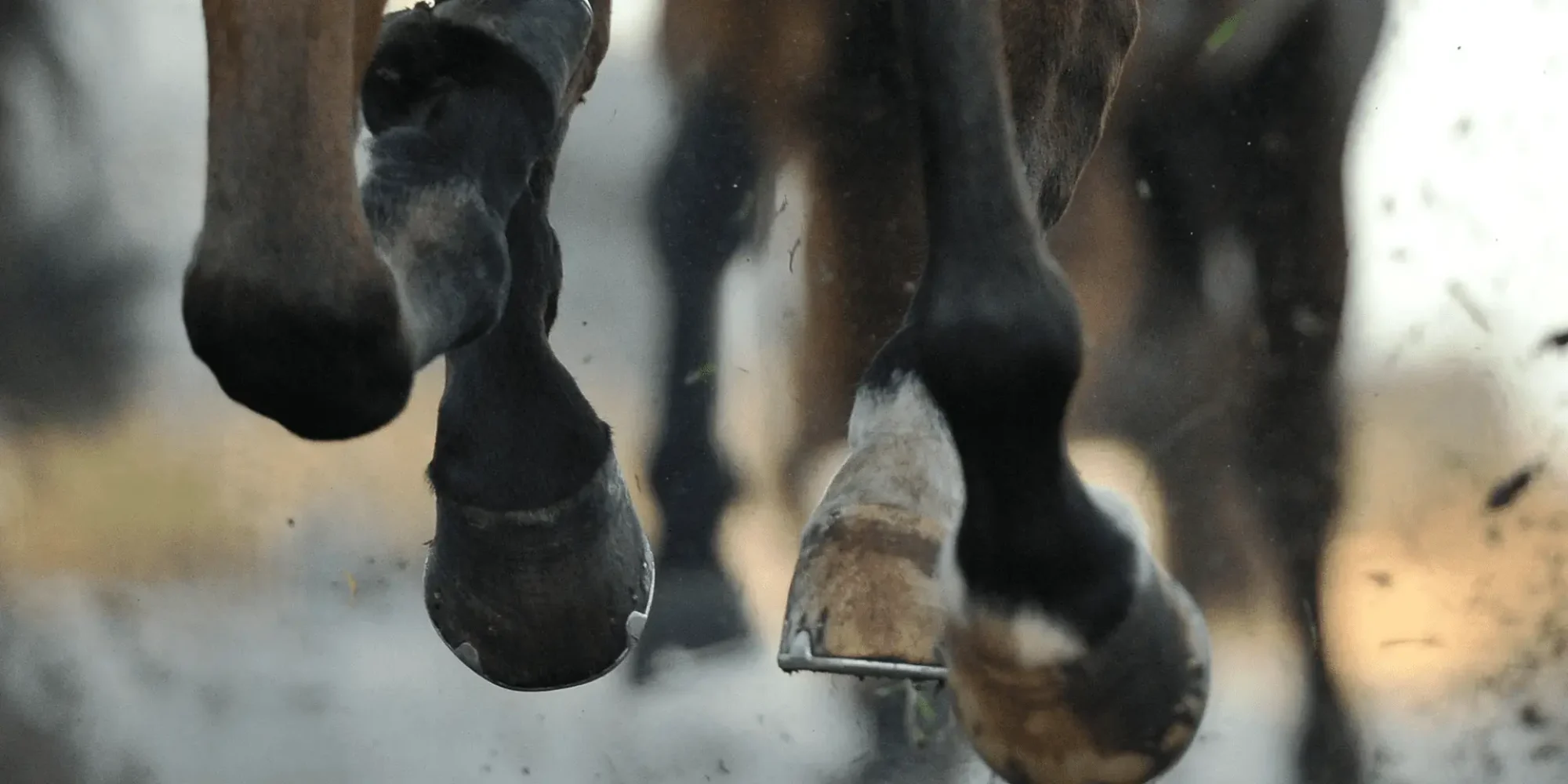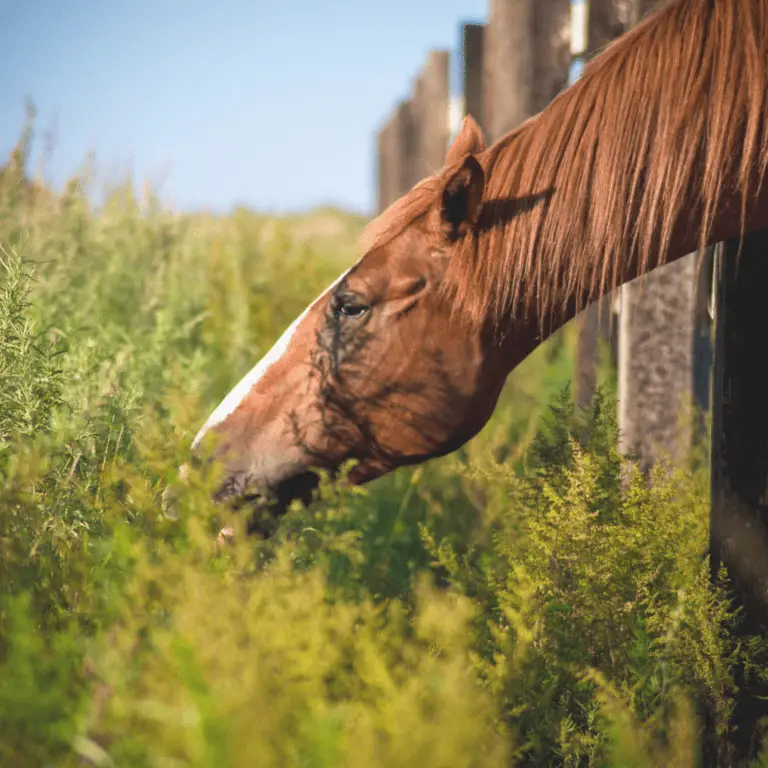
Organs of the Horse – Take a Look Inside
Just as it is with humans, the horse’s skin is the largest organ of the body. However, this blog post is dedicated to the organs that we cannot see from the outside. Let’s take a look inside the horse and

The horse’s hoof represents a remarkable anatomical phenomenon. The horse rests practically all day on the tip of a single toe or finger. Hence the old adage, “No hoof, no horse.” There is no question that good hoof quality is a prerequisite for a healthy horse. In fact, hoof condition has a significant influence on the horse’s health and freedom of movement.

The Coronary Band forms the upper edge of the hoof and thus the transition from the horn of the hoof to the coat of the fetlock or pastern. The approx. 1-2 cm wide edge is also called the hem band.
If this part is discoloured, this may indicate cracks or a disease in the hoof.
A swelling of the crown of the hoof can also be due to a split horn or a hoof disease. But the pastern can also be affected. Another trigger for a swollen coronary band can be cellulite.
The coffin joint is located directly below the coronary band in the hoof. This joint is completely surrounded by the horn of the hoof and is therefore well protected. However, if this joint is swollen, then a fracture inside the hoof must be assumed.
In its optimal state, the hoof wall is hard, tough and smooth.
If the hoof wall is soft and brittle, this may be due to excessive soil moisture. Therefore, make sure that your horse is always standing in a clean and dry environment.
If the hoof wall is dry and cracked, this is an indication of possible malnutrition or lack of exercise. But a serious change in the ground can also cause dry and cracked hooves.
A hot hoof wall is often the first symptom of laminitis. If your horse is already suffering from laminitis, use the fructan checker in the Happie Horse App to ensure that your horse can always graze safely.
Other triggers of a hot hoof wall can be a bruise on the sole of the hoof, a fracture or a hoof abscess.
A deformed hoof wall is an indication of poor weight distribution. It can also be the result of trauma or disease.
Inflammation of the hoof, oedema or an abscess can cause a very sensitive hoof wall.
If the hoof makes a hollow sound, this is also often a sign of a hoof disease, such as laminitis, white line disease or another hoof disease.
The hoof sole and the frog are located on the underside of the hoof, the tread – they both touch the ground.
A common misconception is that the frog must not touch the ground. The opposite is true, it must touch the ground, otherwise the hoof lacks its natural suspension.
If the frog smells rotten and you find black discharge, this is an indication of thrush.
Thrush is caused by the so-called Fusobacterium necrophorum, the fusobacteria. These bacteria multiply in a warm and humid environment and penetrate the frog horn of the hoof, where they decompose the horn. Attention! Thrush can not only affect the frog, but can also spread over the entire hoof.
Other triggers of a foul smell or black discharge can be nutrient deficiency, damp soil or other bacteria that continue to spread in the hoof.
If the hoof ulcerates or there is other liquid discharge, it may be that the hoof is wounded or there is an abscess in the hoof. Other hoof diseases can also be triggers.
Atrophy is painful for your horse. Therefore, it is important that you have the hoof examined immediately for possible causes such as damage from thrush, forced hoof or other diseases.
If you find a cauliflower-like growth on the horse’s hoof, this is a common sign of hoof cancer. Veterinary treatment is then essential.



Just as it is with humans, the horse’s skin is the largest organ of the body. However, this blog post is dedicated to the organs that we cannot see from the outside. Let’s take a look inside the horse and

Equine asthma, also known as “heaves” or chronic obstructive bronchitis, is a common condition in horses. It is a chronic respiratory disease caused by inflammation of the airways. Symptoms of Equine Asthma: Horses with asthma show a variety of symptoms

Expert Advice: Kim Lina Pethahn, an independent feed consultant, wrote this article. Common Symptoms and What to Avoid Poisonous plants can be found all over the world and sadly horses do not always know that what they’re eating might be

For a healthy foundation Hoof care is an important part of equine health care. The hooves are the foundation of the horse and bear the entire body weight of the animal. Regular hoof care is therefore essential to maintain healthy

Constant Free Movement in Herds Can Help Against Obesity We always talk about how feed can affect a horse’s weight but feed is not the only thing that can and should be considered when helping a horse lose weight sustainably.

Here’s how you can help your horse When the days start to get longer and spring arrives, we throw our thick winter coats into the basement and wait for the warmer weather. While we are ready for the change in